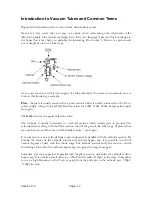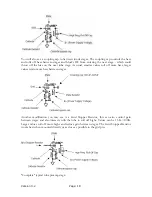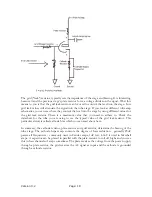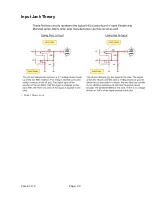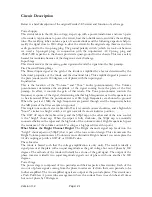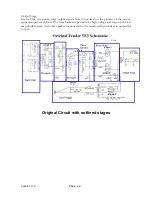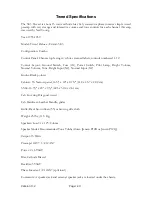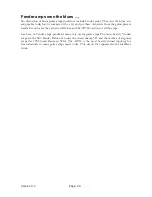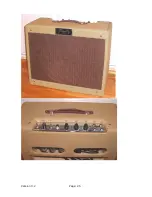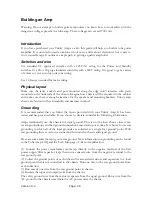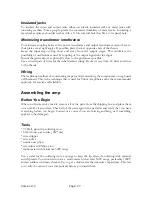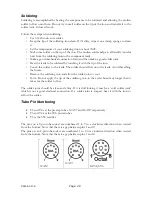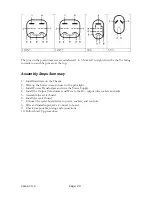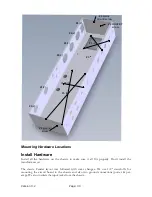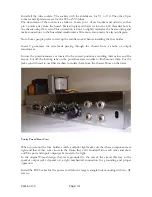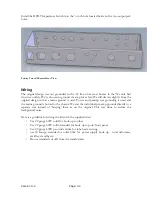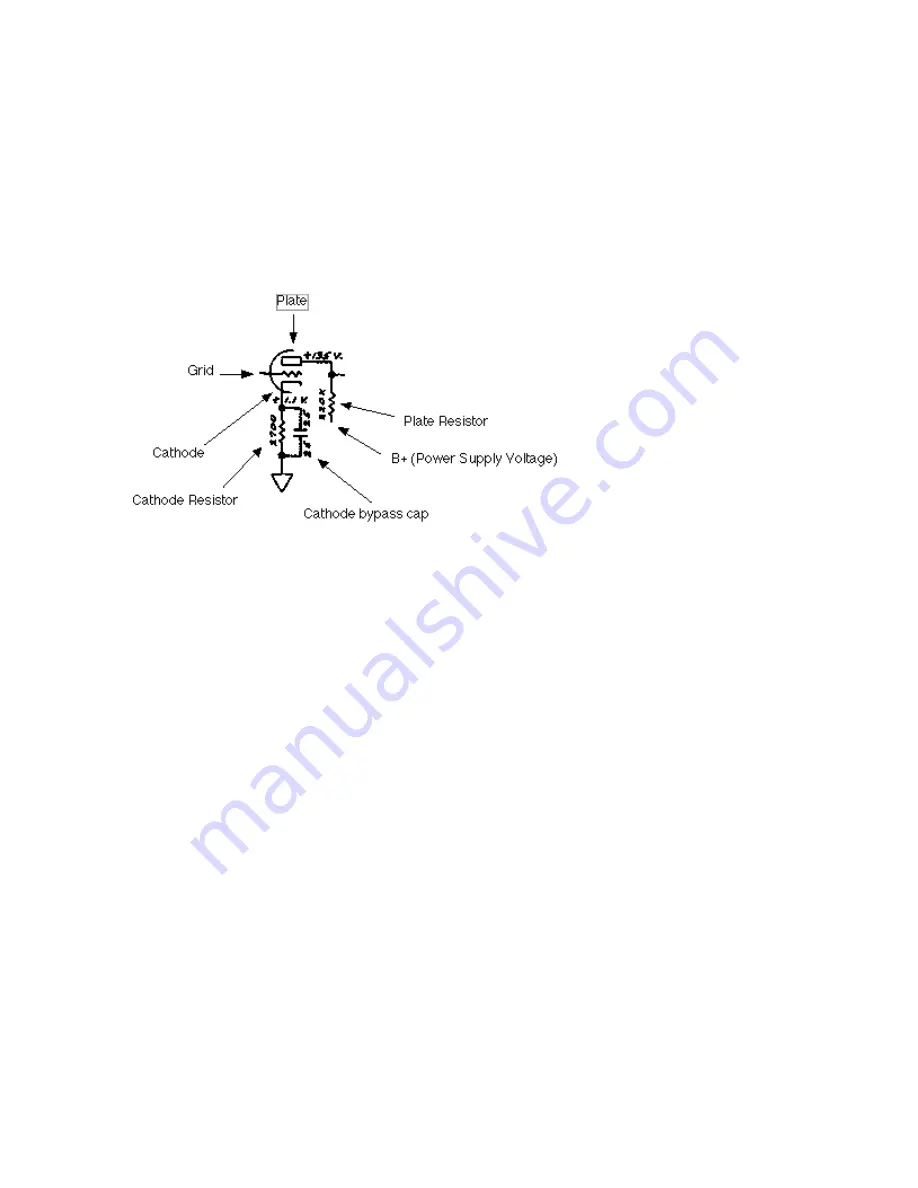
Version 3.2
Page: 17
Introduction to Vacuum Tubes and Common Terms
Reprinted with permission from Aaron from diystompboxes.com
Here are a few terms that you may see online when referencing tube schematics. Like
distortion pedals, tube circuits seemingly have their own language! I present this knowledge in
the hopes that it may help you decipher the interesting life of tubes! :-) Below, is a picture and
a very simplistic view of a tube stage.
As you can see above, in this tiny snippet of a tube schematic, the terms you commonly see are
there in this triode stage example.
Plate
- the plate is usually connected to a plate resistor which is usually connected to the B+ or
power supply voltage. Typical Plate Resistor values are 100K, 150K, 220K. Larger values equal
more gain.
The
Grid
is where the signal enters the tube.
The Cathode is usually connected to a cathode resistor which usually goes to ground. The
cathode resistor, along with the Plate resistor, control the gain of the tube stage. Typical values
are anywhere from 100 ohms to 10K. Smaller values = more gain.
It is common to see a cathode bypass cap connected in parallel with the cathode resistor. By
altering the values of the cathode resistor and cathode bypass cap, it is possible to roll off
various degrees of bass with this triode stage. The cathode resistor and plate resistor control
the biasing of the tube. The cathode bypass cap also gives the stage more gain.
Sometime you see a capacitor in parallel with the plate resistor, much like the cathode resistor
bypass cap. It is usually a small value (i.e. .001uF) and it rolls off highs in the stage. Sometimes
you see a high frequency roll off cap as going from the plate pin to the cathode pin - 350pf-
>500pf in value.
Summary of Contents for Trinity Tweed Amp
Page 2: ...Version 3 2 Page 2 ...
Page 16: ......
Page 20: ...Version 3 2 Page 20 Input Jack Theory from 18watt com ...
Page 25: ...Version 3 2 Page 25 ...
Page 49: ...Version 3 2 Page 49 ...
Page 65: ...Version 3 2 Page 65 HEYBOER OT for TWEED 6L6GT CONVERSION ...
Page 66: ...Version 3 2 Page 66 ...
Page 75: ...Version 3 2 Page 75 ...
Page 76: ...Version 3 2 Page 76 ...
Page 77: ...Version 3 2 Page 77 Trinity Amps Schematics and Layouts ...















